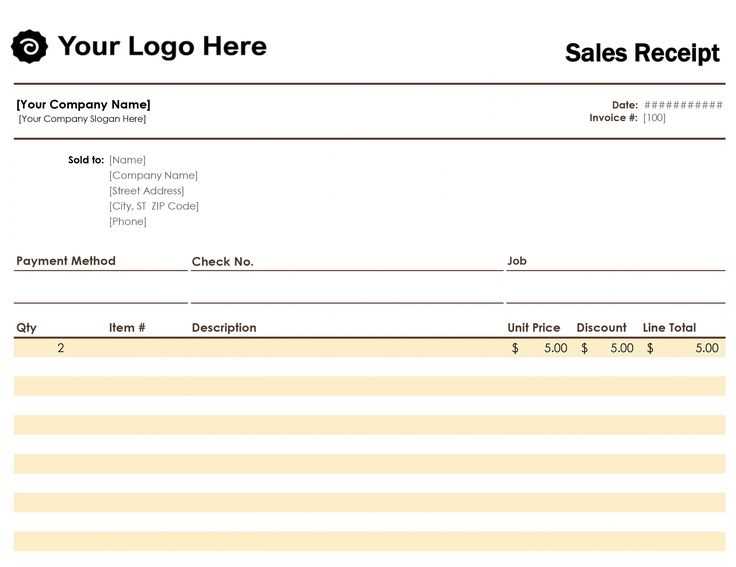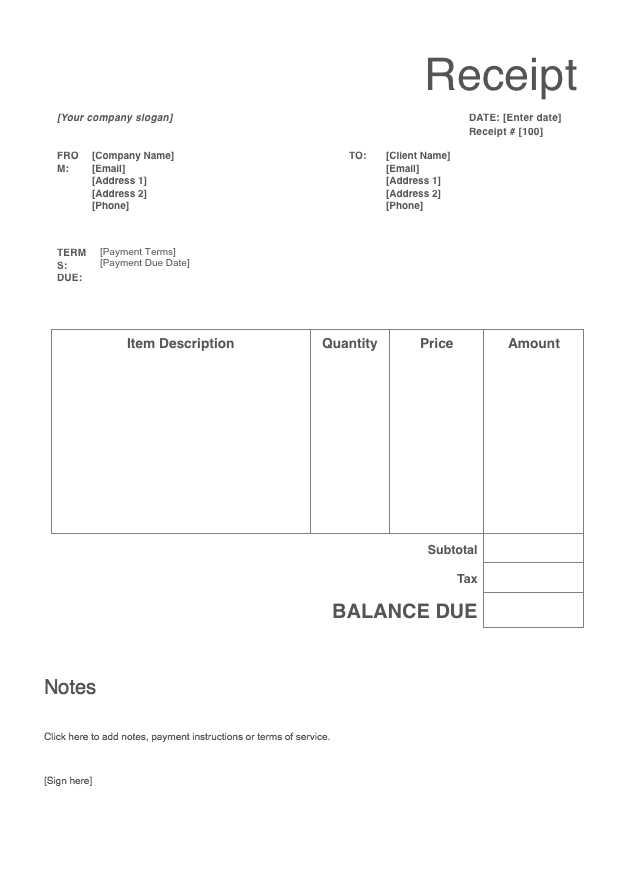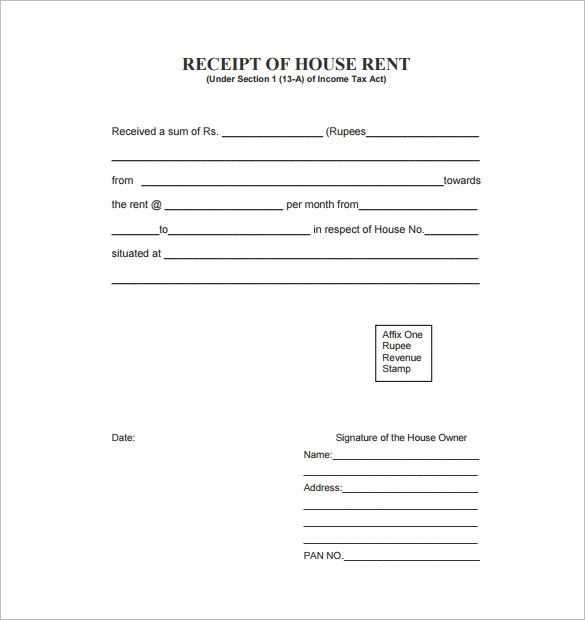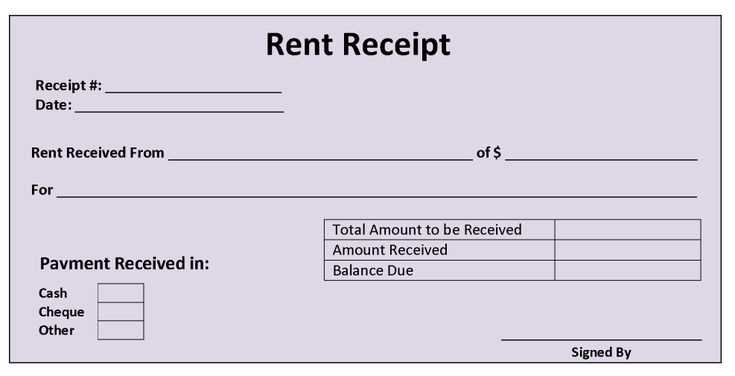
The receipt and release template serves as a formal document confirming the distribution of assets. This document outlines the terms under which assets or goods are transferred from the distributee to the distributing party, ensuring clarity and preventing disputes. Make sure the template includes clear details on the nature and quantity of the distributed assets, along with the agreed-upon conditions for the release.
Provide an accurate description of the items or funds being distributed. This ensures both parties are aligned on what is being transferred. The template should also specify the date of distribution, including any obligations or warranties attached to the release.
For smooth processing, clearly define the responsibilities of both the distributing and receiving parties. Include any disclaimers, especially regarding the condition or quality of the items being released. Avoid ambiguity in this section to ensure that all parties understand their duties and liabilities.
Lastly, ensure the template has space for signatures and dates, which act as proof that both parties have agreed to the terms outlined in the document. A signature can prevent future misunderstandings by solidifying the agreement. The template should remain simple yet thorough to allow quick and accurate use during distribution events.
How to Draft a Receipt and Release Document

Begin by clearly identifying the parties involved. State the name of the distributee receiving the property or payment, as well as the entity or individual providing it. Specify the exact nature of the transaction, whether it’s a payment, property transfer, or another form of distribution.
Include the date of the transaction to establish the timeline. This helps prevent any confusion over when the exchange took place and ensures the document’s relevance.
Describe in detail the property or payment being received. Be specific about the amount, description, or type of asset involved to avoid any ambiguity. This could include cash amounts, property descriptions, or the terms of a settlement or distribution.
Next, clearly state the release terms. The distributee must acknowledge receiving the specified assets and agree to release the distributing party from further claims or obligations. This part should state that the distributee waives any rights to pursue additional claims related to the transaction.
Ensure the document contains appropriate legal language. Use clear, concise statements to specify that the distributee understands and agrees to the terms. If necessary, reference any applicable laws or regulations to back up the agreement.
End with a section for signatures from all involved parties. Include spaces for printed names, titles, and dates. Both the distributee and the distributor should sign to confirm their acceptance of the terms outlined in the document.
Common Pitfalls in Using a Receipt and Release Template

Before using a Receipt and Release template, ensure that the language in the document is clear and unambiguous. Avoid vague wording that could lead to confusion or misinterpretation later. Each party’s obligations and rights should be explicitly defined, leaving no room for doubt about what is being released or acknowledged.
Avoid using generic templates without customizing them to the specific circumstances. Tailor the document to reflect the unique terms of your agreement, including the specific assets or liabilities involved. A one-size-fits-all approach can lead to problems if the details don’t match the actual situation.
Failure to Include Specific Dates
One common mistake is failing to include accurate dates for the release. Clearly state when the receipt and release take effect. An unclear timeline can create confusion about whether the release is effective immediately or at some future date, leading to disputes down the road.
Omitting Details on Payment or Consideration

Ensure that any payment or consideration received in exchange for the release is explicitly stated. This is crucial for avoiding misunderstandings about whether anything of value has been exchanged. If no payment is involved, be clear about the reasons for the release and acknowledge that the release is made voluntarily.
Ensuring Compliance with Legal Standards in the Template

To ensure the template complies with legal standards, incorporate specific clauses addressing key regulatory requirements. First, include confidentiality clauses to protect sensitive information. Specify that the recipient agrees to uphold confidentiality throughout the transaction and after the agreement ends. This clause should outline the responsibilities regarding the handling, sharing, and storage of confidential details.
Next, integrate dispute resolution mechanisms. Clearly define the process for resolving any disputes that may arise between the parties. Specify the jurisdiction and legal venue where disputes will be handled. This ensures that both parties understand their rights and obligations in case of a legal conflict.
Ensure that compliance with applicable laws is explicitly stated. Reference local, national, or international laws that apply to the transaction, including tax regulations, data protection laws, and industry-specific guidelines. This helps protect both parties from legal liabilities and ensures the template aligns with current legal frameworks.
Another key element is the inclusion of specific timelines and deadlines for actions, approvals, and responses. Be clear about what is expected of the distributee within set timeframes. This helps prevent disputes related to non-compliance or delays.
Finally, incorporate a termination clause that outlines the conditions under which the agreement can be terminated. This should cover scenarios such as breach of terms, failure to meet deadlines, or legal violations. Clear termination procedures help both parties understand how to exit the agreement if necessary, avoiding future complications.


